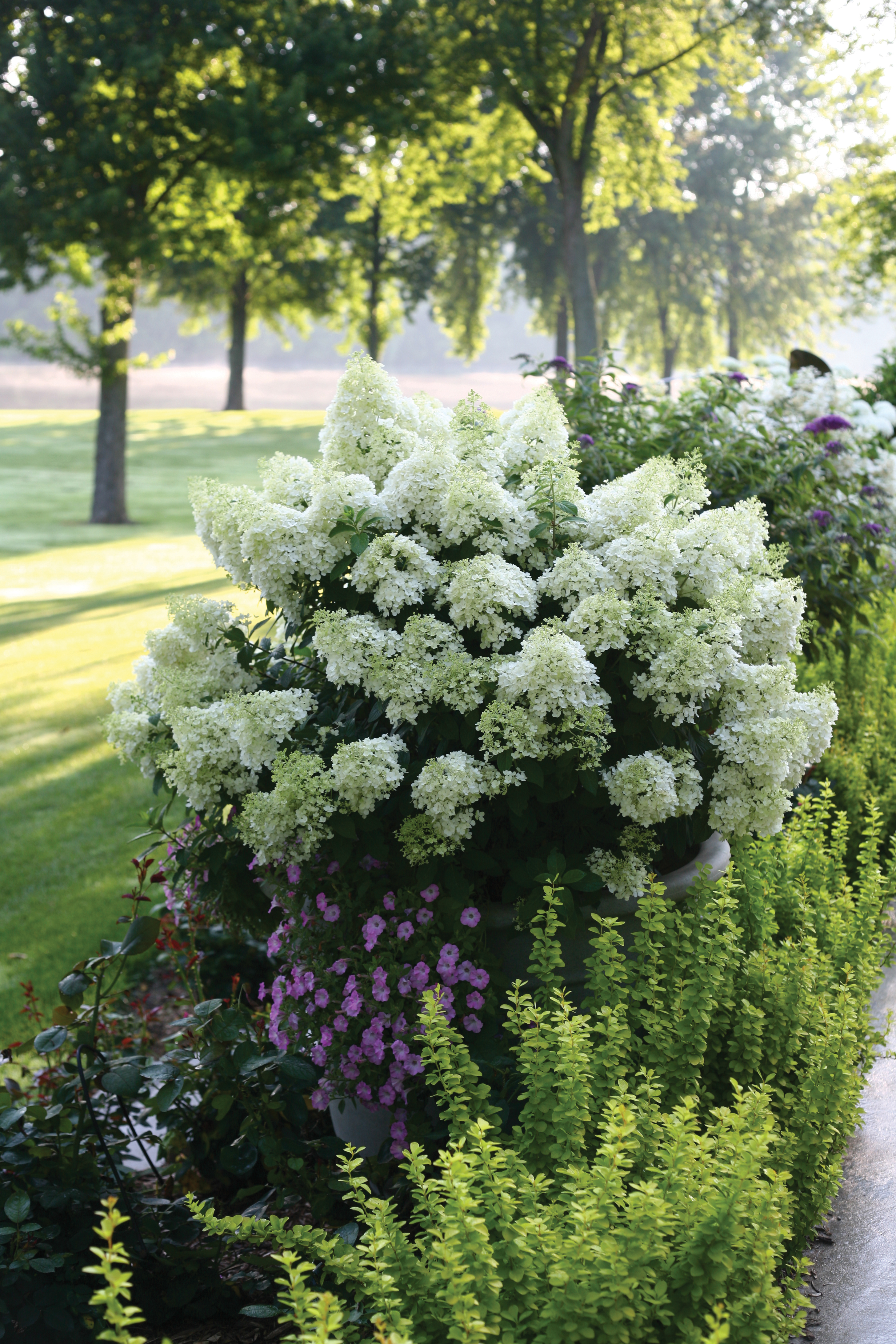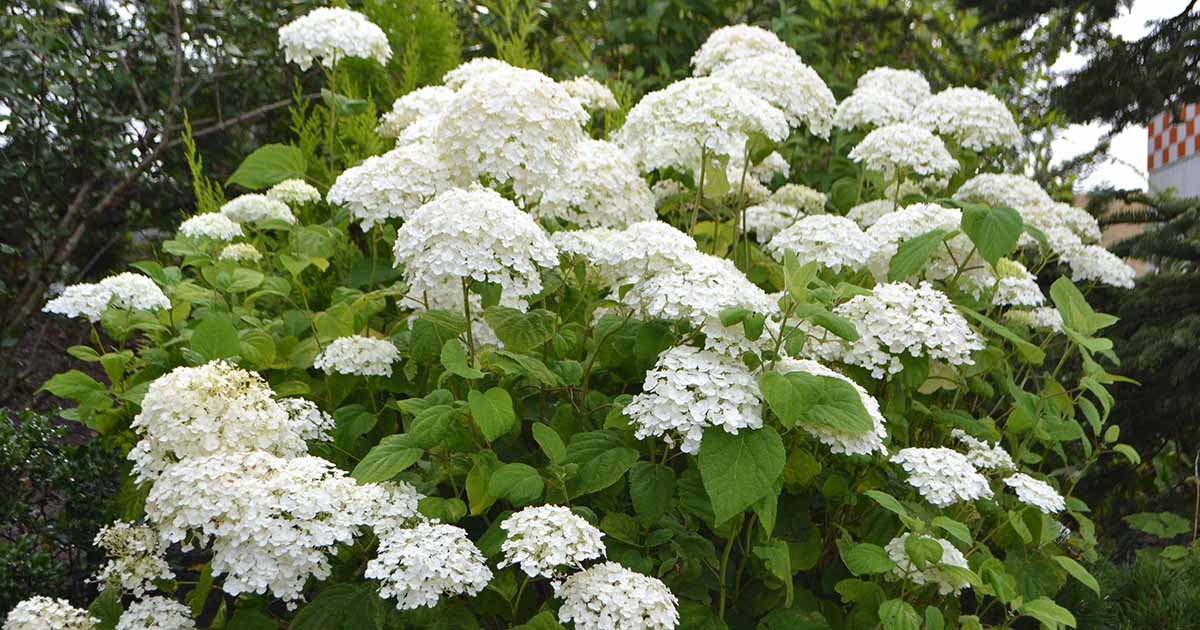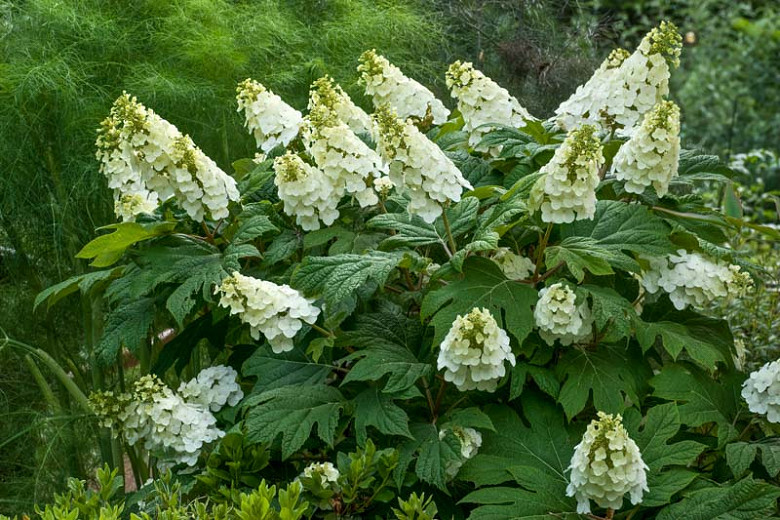Hydrangea Sp: The Versatile Flower That Blooms In Many Colors
Hydrangea sp: The Versatile Flower That Blooms in Many Colors
Hydrangeas are one of the most popular flowering shrubs in the world, and for good reason. They are known for their large, showy blooms that can come in a variety of colors, including white, pink, blue, purple, and even green. Hydrangeas are also relatively easy to care for, making them a great choice for gardeners of all skill levels.
In this blog post, we will take a closer look at hydrangeas, including their history, different types, care requirements, and more. We will also provide some tips on how to get the most out of your hydrangeas.
History of Hydrangeas
Hydrangeas are native to Asia and North America. The first hydrangeas were introduced to Europe in the 17th century, and they quickly became popular among gardeners. Hydrangeas were first introduced to North America in the 18th century, and they have been popular here ever since.
There are over 70 species of hydrangeas, and they come in a variety of shapes and sizes. Some hydrangeas are small shrubs, while others can grow into large trees. Hydrangeas also bloom at different times of year, depending on the species. Some hydrangeas bloom in the spring, while others bloom in the summer or fall.
Different Types of Hydrangeas
The most common type of hydrangea is the bigleaf hydrangea (Hydrangea macrophylla). Bigleaf hydrangeas have large, showy blooms that can grow up to 12 inches in diameter. Bigleaf hydrangeas are typically blue or pink, but their color can be changed by the acidity of the soil.
Another popular type of hydrangea is the mophead hydrangea (Hydrangea paniculata). Mophead hydrangeas have large, rounded clusters of flowers that can grow up to 18 inches in diameter. Mophead hydrangeas are typically white or pink, but they can also be red or purple.
Other types of hydrangeas include:
- Oakleaf hydrangea (Hydrangea quercifolia): This type of hydrangea has large, oak-shaped leaves and clusters of small, white flowers.
- Climbing hydrangea (Hydrangea petiolaris): This type of hydrangea can climb trees or walls. It has small, white flowers that bloom in the summer.
- Annabelle hydrangea (Hydrangea arborescens Annabelle): This type of hydrangea has large, white flower clusters that can grow up to 18 inches in diameter.
Caring for Hydrangeas
Hydrangeas are relatively easy to care for. They prefer full sun to partial shade, and they need moist, well-drained soil. Hydrangeas should be watered regularly, especially during hot weather. They should also be fertilized in the spring and fall.
To maintain the color of your hydrangeas, you can add aluminum sulfate to the soil if you want them to be blue, or lime if you want them to be pink. The acidity of the soil will affect the color of the blooms.
Hydrangeas can be pruned in the spring or fall. If you prune them in the spring, you will encourage new growth and more blooms. If you prune them in the fall, you will help to shape the plant and remove any dead or diseased branches.
Enjoying Your Hydrangeas
Hydrangeas are a beautiful and versatile addition to any garden. They can be grown in containers or in the ground, and they can be used to create a focal point in your garden or to add color to a shady area. Hydrangeas are also a popular choice for cut flowers.
If you are looking for a beautiful and easy-care flowering shrub, hydrangeas are a great option. With a little care, you can enjoy hydrangeas for many years to come.
Hydrangeas are beautiful, versatile plants that can add a touch of elegance to any garden. But with so many different species and cultivars to choose from, it can be hard to know where to start. That's where comes in.
is a comprehensive resource for all things hydrangea. From plant profiles to care tips to gardening advice, you'll find everything you need to know about these amazing flowers.
Whether you're a beginner or a seasoned horticulturist, has something for you. So what are you waiting for? Visit today and learn more about hydrangea sp.!
FAQ of hydrangea sp
- What are hydrangeas?
Hydrangeas are flowering shrubs or trees that are native to Asia and North America. They are known for their large, showy flowers that come in a variety of colors, including blue, pink, purple, and white. Hydrangeas are relatively easy to care for and can be grown in a variety of climates.
- How do I start a hydrangea from a stem?
To start a hydrangea from a stem, you will need to:
* Sanitize your pruners with rubbing alcohol.
* Take a cutting from a healthy, green stem that is about 4-6 inches long.
* Remove the leaves from the bottom half of the cutting.
* Dip the end of the cutting in rooting hormone.
* Plant the cutting in a pot filled with a well-draining potting mix.
* Water the cutting well and place it in a shady location.
* The cutting should root in about 4-6 weeks.
- What are the different types of hydrangeas?
There are over 70 different species of hydrangeas, but the most common ones include:
* Hydrangea macrophylla: These hydrangeas are known for their large, round flowers that bloom in the summer. They are native to Japan and Korea.
* Hydrangea paniculata: These hydrangeas produce cone-shaped flowers that bloom in the summer and fall. They are native to China and Japan.
* Hydrangea arborescens: These hydrangeas are known for their small, white flowers that bloom in the summer. They are native to North America.
* Hydrangea serrata: These hydrangeas produce flat-topped clusters of flowers that bloom in the summer. They are native to Japan and Korea.
* Hydrangea petiolaris: This hydrangea is a climbing vine that produces white flowers in the summer. It is native to Japan and China.
- What are the best conditions for growing hydrangeas?
Hydrangeas prefer full sun to partial shade and moist, well-draining soil. They are not tolerant of drought or salty soil.
- How do I care for hydrangeas?
Hydrangeas need to be watered regularly, especially during the hot summer months. They should also be fertilized in the spring and fall. To prevent hydrangeas from wilting, it is important to mulch around the base of the plant.
Image of hydrangea sp
5 different images of "hydrangea sp" from pinterest.com:
This is the most common type of hydrangea. It is known for its large, showy flowers that can be blue, pink, or white. Hydrangea macrophylla is a deciduous shrub that grows 3-6 feet tall. It is hardy in USDA zones 5-9.
This type of hydrangea is known for its tall, pyramidal flower clusters. The flowers can be white, pink, or blue. Hydrangea paniculata is a deciduous shrub that grows 6-8 feet tall. It is hardy in USDA zones 3-9.
This type of hydrangea is known for its small, white flowers that bloom in clusters. Hydrangea arborescens is a deciduous shrub that grows 3-5 feet tall. It is hardy in USDA zones 3-9.
This type of hydrangea is known for its large, oak-shaped leaves and its panicles of white flowers. Hydrangea quercifolia is a deciduous shrub that grows 6-8 feet tall. It is hardy in USDA zones 4-9.
This type of hydrangea is known for its small, lacecap flowers. Hydrangea serrata is a deciduous shrub that grows 3-5 feet tall. It is hardy in USDA zones 5-9.





Post a Comment for "Hydrangea Sp: The Versatile Flower That Blooms In Many Colors"